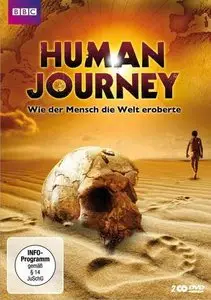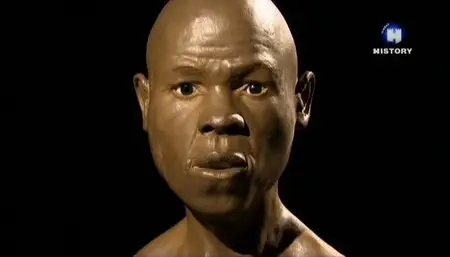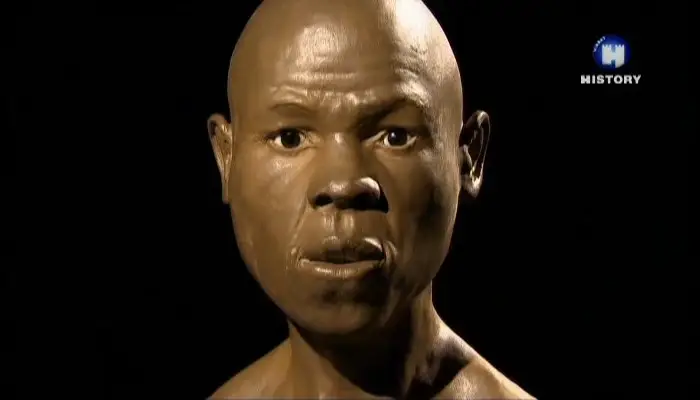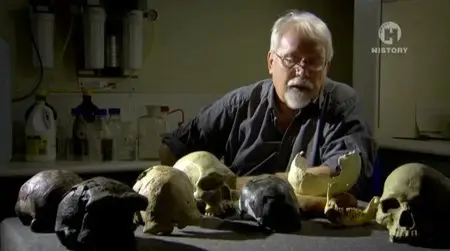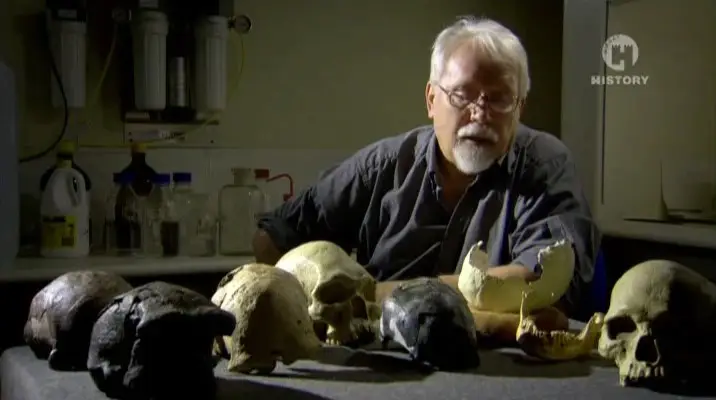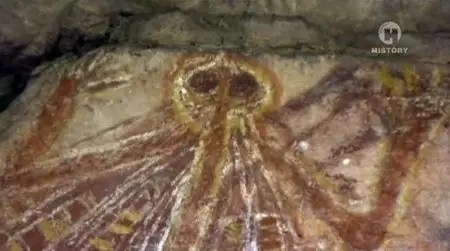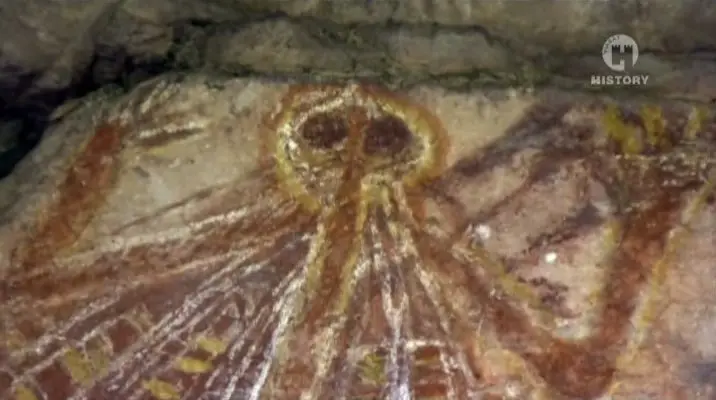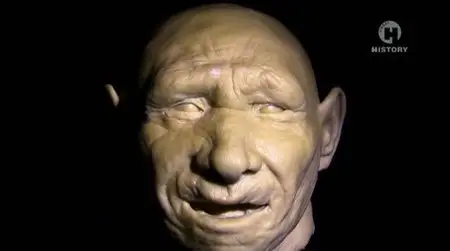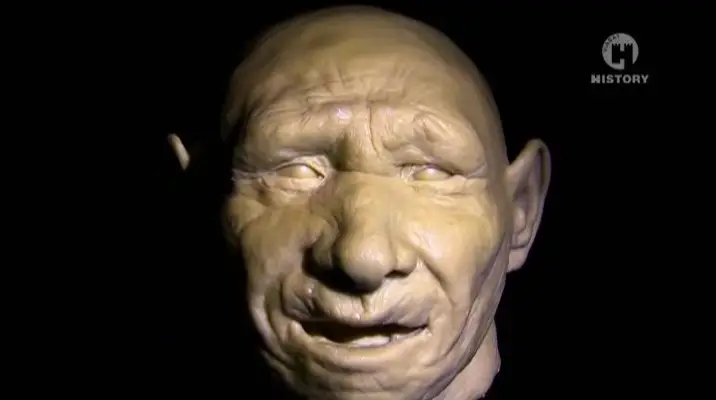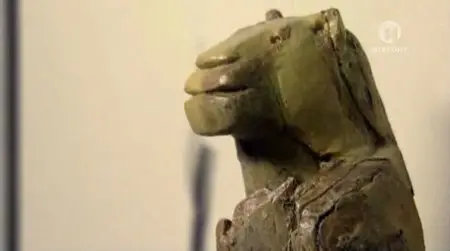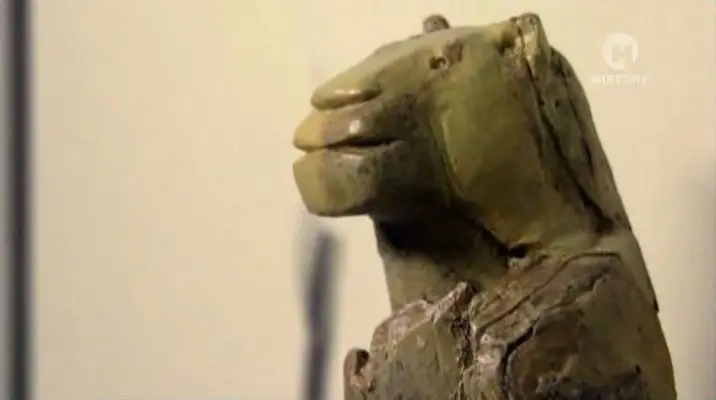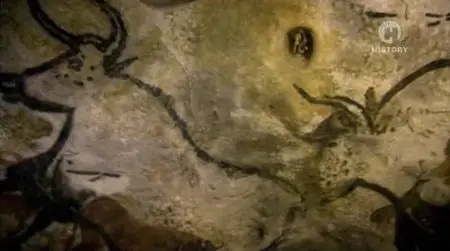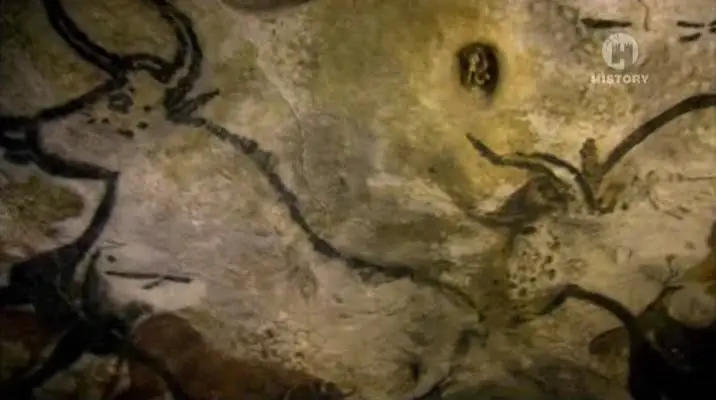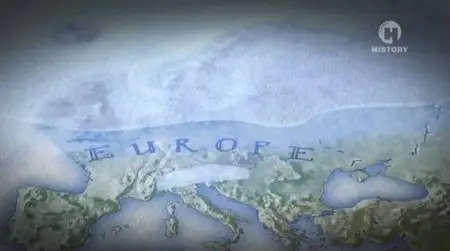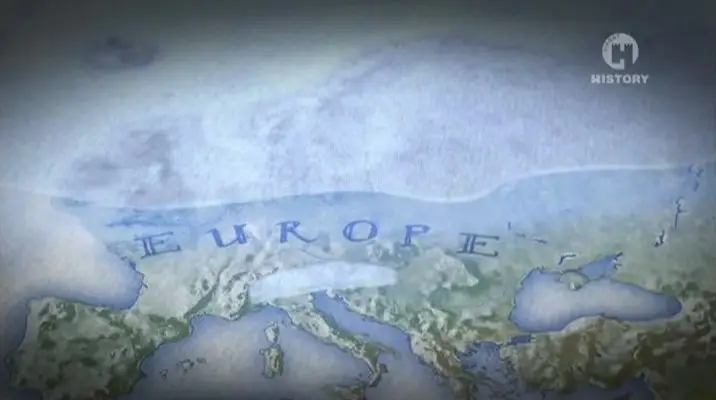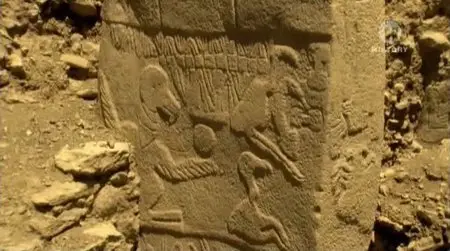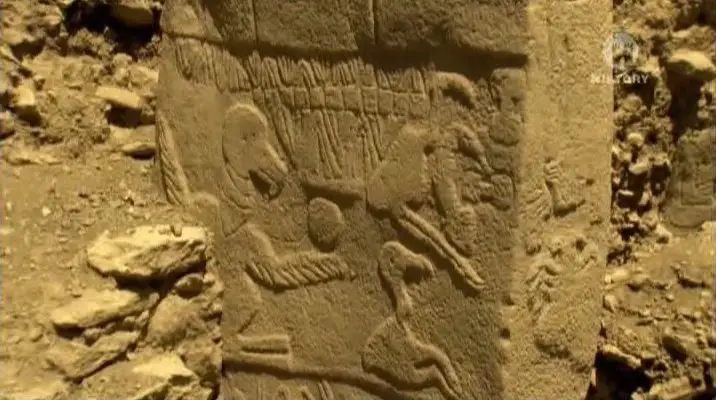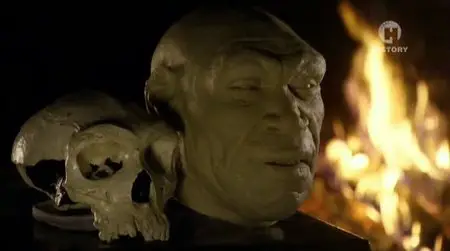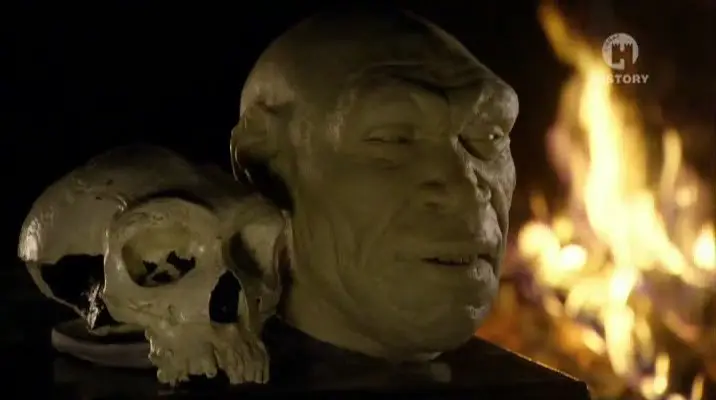Human Journey / Путешествие человека (2009)
SAT-Rip | English, Russian | 5 х 48:00 | 716 x 400 | 25fps | DivX, 1770 kbps | mp3, 128 kb/s | 5 х 700 MB
Genre: Documentary | Historical
SAT-Rip | English, Russian | 5 х 48:00 | 716 x 400 | 25fps | DivX, 1770 kbps | mp3, 128 kb/s | 5 х 700 MB
Genre: Documentary | Historical
Thousands of years ago one small group of our species, Homo sapiens, crossed out of Africa and into the unknown. Their descendants faced baking deserts, sweat-soaked jungles and frozen wildernesses and risked everything on the vast empty ocean. Within 60,000 years they colonized the whole world… How did they do it? Why do we, their descendants all look so different? And what did we have that meant we were the only human species to survive? Using the evidence from genetics, fossils, archaeology and climatology, Dr Alice Roberts uncovers five epic routes our ancestors took across the globe and the obstacles and brutal challenges they encountered along the way. It reveals how our family tree grew and spread out across the world, producing all the variety we see in the human species today – but despite all that diversity, Alice reveals how astonishingly closely related we all are.
Out of Africa
In the first episode, Roberts introduces the idea that genetic analysis suggests that all modern humans are descended from Africans. She visits the site of the Omo remains in Ethiopia, which are the earliest known anatomically modern humans. She visits the San people of Namibia to demonstrate the hunter-gatherer lifestyle. In South Africa, she visits Pinnacle Point, to see the cave in which very early humans lived. She then explains that genetics suggests that all non-Africans may descend from a single, small group of Africans who left the continent tens of thousands of years ago. She explores various theories as to the route they took. She describes the Jebel Qafzeh remains in Israel as a likely dead end from a crossing of Suez, and sees a route across the Red Sea and around the Arabian coast as the more probable route for modern human ancestors, especially given the lower sea levels of the past.
Asia
In the second episode, Roberts travels to Siberia and visits an isolated community of indigenous people who still practice reindeer hunting. With reference to them, she asks how ancient Africans could have adapted to the hostile climate of northern Asia, and why Asian people look so different from Africans.
Roberts then explores an alternative to the Out of Africa theory, the multiregional hypothesis that has gained support in some scientific communities in China. According to this theory, the Chinese are descended from a human species called Homo erectus rather than from the Homo sapiens from which the rest of humanity evolved. Roberts visits the Zhoukoudian caves, in which Peking Man, the supposed Homo erectus ancestor of the Chinese, was discovered. Roberts notes that some Chinese anthropologists and palaeontologists have shown modern Chinese physical characteristics in the fossil skulls, such as broad cheek bones, cranial skull shape and shovel-shaped incisors that are absent in almost all other humans. She also notes that the stone tools found in China seem more primitive than those elsewhere, and infers that they were made exclusively by Homo erectus. However, she argues that the skull evidence is only subtle. She interviews an American palaeontologist, who presents his hypothesis that the ancient Chinese humans used bamboo instead of stone, explaining the absence of sophisticated stone tools, despite the absence of archaeological evidence to support this hypothesis. Finally, Roberts interviews Chinese geneticist Jin Li, who ran a study of more than 10,000 individuals scattered throughout China from 160 ethnic groups. The study initially hypothesised that the modern Chinese population evolved from Homo erectus in China but concluded that the Chinese people did in fact evolve and migrate from Africa like the rest of world's population.
Europe
In the third episode, Roberts describes the various waves of anatomically modern humans that settled the continent of Europe. She crosses the Bosphorus and travels up the Danube River, following their likely route. She then describes the already resident population of Neanderthals, and visits Gibraltar, the last known site occupied by Neanderthals. She suggests that the principal difference between them and Homo sapiens was the latter's ability to create art, and visits the cave paintings at Lascaux. She discusses the theories about why Europeans have white skin and describes the birth of agriculture and the societal changes that took place as a result, visiting the spectacular Neolithic temple at Göbekli Tepe, in southeastern Turkey.
Australia
In the fourth episode, Roberts discusses the evidence of the Mungo Lake remains, which suggest, unexpectedly, that humans reached Australia long before they reached Europe, even though Australia is further away from Africa. Roberts attempts to trace the journey. She visits a site in India that appears to indicate that humans were present there 70,000 years ago, before the Toba supervolcano deposited ash on the site. She then points to the Negrito people of Southeast Asia, who look different from other Asian peoples, and who may be descendants of the peoples who first left Africa. She describes the discovery of the tiny Homo floresiensis on Flores and suggests that they may have been exterminated by modern humans. She describes the crossing of the Torres Strait by experimenting with a bamboo raft. She concludes by visiting a tribe in Northern Australia whose mythology describes their mother goddess arriving from across the sea.
The Americas
In the final episode, Roberts describes theories about how humans traversed from Asia to the Americas, asking how they achieved it during the Ice Age, when the route to North America was blocked by ice walls. She describes the traditional theory that the first Americans were the Clovis culture, who arrived through an ice-free corridor towards the end of the Ice Age 13,000 years ago. However, she then visits archaeological sites in Texas, Brazil, the Californian Channel Islands and Monte Verde in southern Chile, which show 14,000-year-old human remains, proving that humans must have arrived earlier by a different route. She shows the skull of the Luzia Woman, found in Brazil, which displays Australasian features rather than the East Asian features of modern Native Americans; an archaeologist explains that these first Americans may have been Asians who migrated before Asians developed their distinctive facial features. Roberts shows that the earliest Americans may have migrated down the relatively ice-free western coastlines of North and South America. She concludes by noting that, when Europeans arrived in 1492, they did not recognise Native Americans as fully human, but that modern genetics and archaeology proves that we all ultimately descend from Africans.


